£300 million to be invested over the next four years
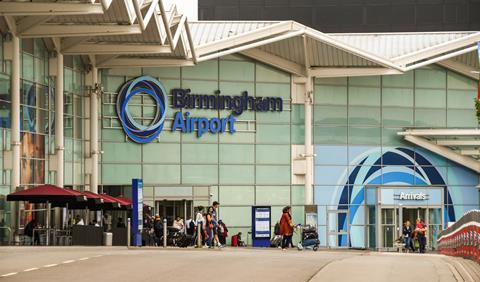
Birmingham Airport has appointed global built environment consultancy Arup to lead the development of its new masterplan, setting out a long-term vision for the airport’s growth and transformation through to 2041.
Having returned to pre-pandemic passenger volumes, Birmingham Airport has announced a £300 million investment over the next four years to modernise its infrastructure. The masterplan will define how the airport will evolve to serve an increasing number of passengers and airlines while focusing on sustainability, operational efficiency and an enhanced passenger experience.
“We are delighted to have Arup on board, who are world-class at planning major infrastructure projects,” said Ian Taylor, development and construction director at Birmingham Airport.
“Birmingham Airport is set to grow steadily in the coming years, and we need to ensure it is fit for the future, both in the terminal and on the runway. This is about ensuring the airport can accommodate future capacity efficiently and sustainably, and we’re excited to see the next chapter in our history.”
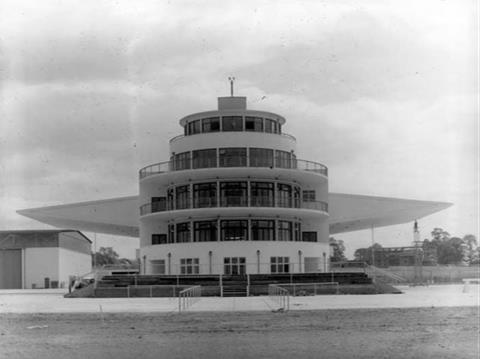
Brief history of Birmingham Airport
Birmingham Airport first opened in 1939 as Elmdon Airport, named after the nearby village. Its original terminal building, designed in the Art Deco style, reflected the optimism of early civil aviation. Located on the western side of the airfield, the terminal featured a rooftop viewing terrace and direct access to aircraft via the apron below.
Requisitioned during the Second World War for military use, the airport returned to civilian operations in 1946, expanding steadily in the post-war years. The original Elmdon terminal still stands today as a Grade II listed building, a rare surviving example of 1930s airport architecture and a reminder of Birmingham’s early role in the golden age of air travel.
The airport was once linked to Birmingham International railway station by an elevated maglev monorail, introduced in 1984 as the world’s first commercial magnetic levitation system, offering a short but futuristic connection across the site before being replaced in 1995 by a conventional cable-hauled people mover.
Alan Newbold, aviation business leader for UKIMEA and Europe at Arup, said: “Well-planned, sustainable airport growth is a vital enabler of economic opportunity, connectivity and regional prosperity. Arup is excited to support Birmingham Airport’s ambition to deliver this through its long-term masterplan, underpinned by a clear focus on sustainability, social value and stakeholder engagement.
“We look forward to providing the technical expertise and strategic insight needed to ensure BHX’s development supports climate goals and the West Midlands’ future growth, while contributing to national prosperity.”
Work has already begun with key airport stakeholders, with a draft masterplan expected to be unveiled for public consultation in summer 2026. This consultation will invite feedback from local communities and stakeholders to help shape the airport’s future development.
Airport projects have become a growing flashpoint in the profession, with architects divided over whether involvement in aviation work undermines commitments to tackling climate change. While Architects Declare has called for a move away from high-carbon sectors, others argue that architects have a vital role in helping airports cut emissions and transition towards net zero.
The announcement follows news that Macquarie Asset Management has acquired a 26.5% stake in the airport.




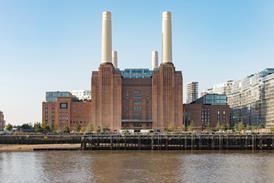


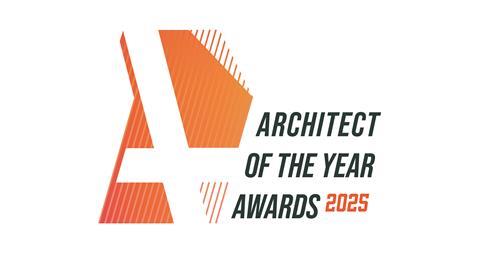
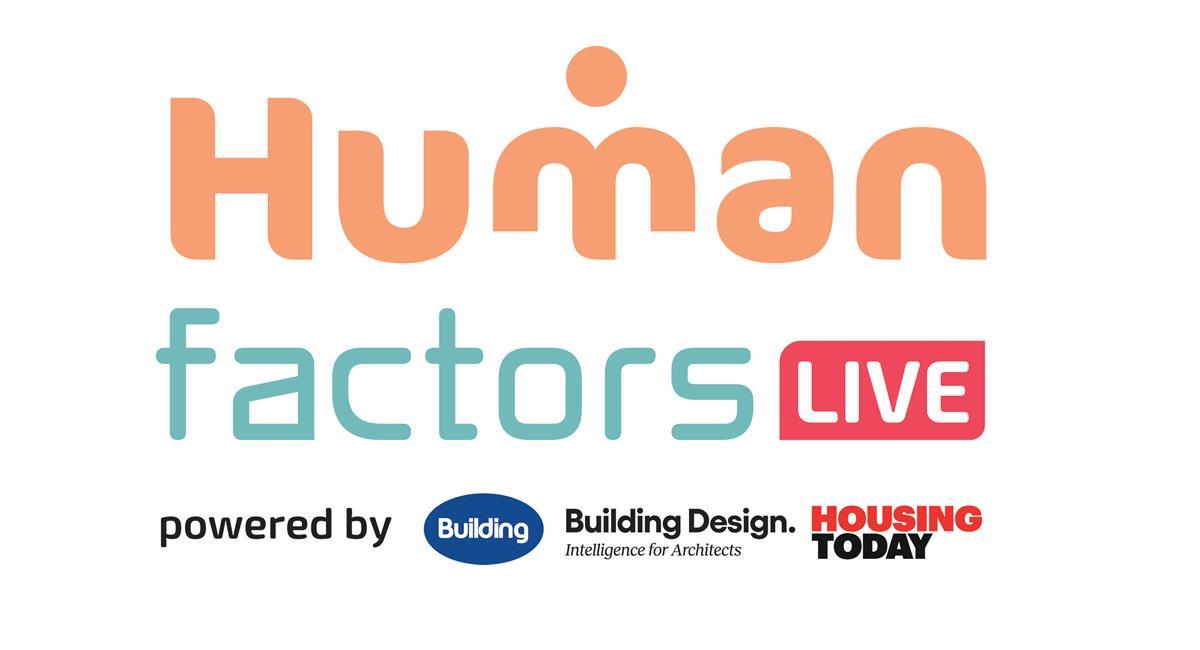







No comments yet